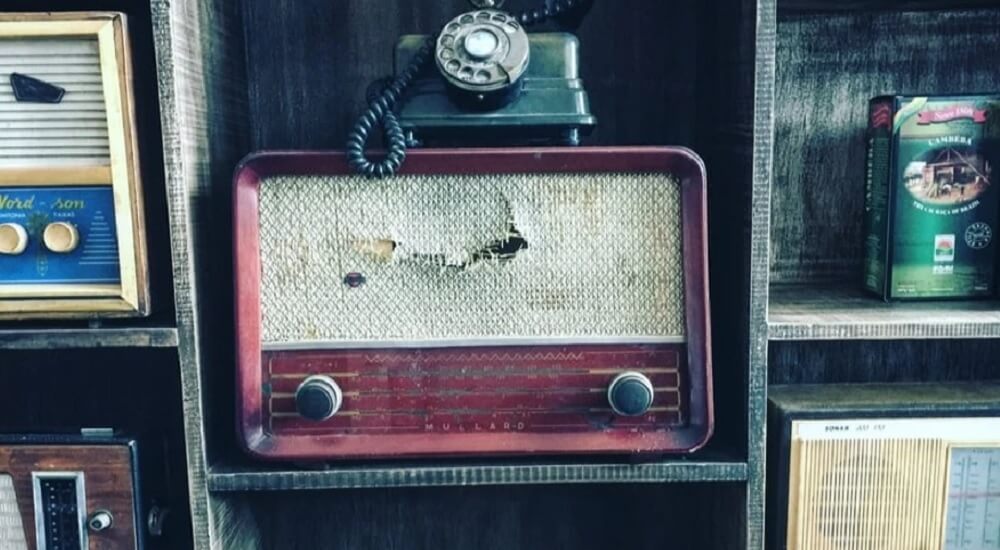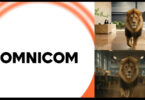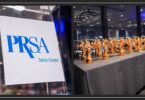Radio is woven into the very fabric of American society, but that hasn’t stopped observers from forecasting its demise for quite some time. There’s just something about radio as a medium that we’re drawn too, though. Even during the coronavirus pandemic when people drive less and therefore should be listening to radio stations less, the opposite seems to be true. A Nielsen survey found that 83% of consumers say they listen to as much or more radio as they did pre-pandemic. Clearly, radio hits an emotional chord for us.
Broadcast radio, otherwise known as terrestrial radio, performs a number of roles for listeners, roles that become that much more crucial during important events. When Nielsen asked people why they tune into their favorite radio hosts during the pandemic, they provided a variety of responses. Radio makes them feel informed, helps them know which stores to shop, makes them feel connected to their community and lowers their stress and anxiety. These are all functions that digital or TV ads just can’t accomplish as well.
At any time – but especially during major events – radio stations and advertisers have an opportunity to create lasting relationships with an extremely captive audience. Whether you market to your audience on a national, regional or local level, radio is just a smart avenue to take. It’s not cheap, but with a little help understanding the complexities of radio advertising costs, you can produce and run ads that consumers will find engaging and trustworthy.
Spinning the Dial on the Benefits of Broadcast Radio
This wouldn’t be an article about radio if we didn’t briefly explain what made it so good for your brand.
Segmented audience: If it’s important to target your audience based on geographical location, radio is a natural fit. Local radio stations differ from state to state and from city to city. This also means stations better align themselves with the culture of a particular region and are more connected with their communities than other mediums. And you can further segment your audience within a particular community based on formats and genres that align with different lifestyles and demographics.
Massive reach: Radio reaches 92% of US adults every week according to Nielsen. Not only does it reach more consumers than TV, digital or mobile, it also reaches them throughout the day – while they’re in the car, while they’re walking around the supermarket, while they’re outside and away from the computer and TV and even while they’re at work.
Emotionally Engaged: When people listen to radio, they usually have their go-to stations and/or radio shows that they keep coming back to for exposure to new music and topics of interest. This makes radio listeners more engaged and loyal than the average consumer.
Free: No, we don’t mean it’s free for you, the advertiser (sorry to get your hopes up). It is, however, usually free for listeners to tune in. Radios come standard in all of our cars, and if you do have to buy a radio, you don’t also have to buy a subscription service to start listening. This makes the barrier to entry much lower than other advertising channels.
The Cost of Making a Radio Ad from AM to FM
Radio advertising costs can be split up into two categories: the cost of producing your ad, and the cost of running your ad. The cost of making an ad varies a lot depending on the resources you already have available to you. If you’re confident in your abilities to write a script and edit the audio in-house, then you only need to pay for the cost of voice actors and studio time.
If you opt to work with an agency who has experience making these types of ads, production costs can run anywhere from about $1K to upwards of $3K. They will do it all for you though: script writing, recording, music and sound effects and editing. If you have no experience making audio ads on your own, then choosing to work with experts that can guarantee a good result is a wise decision. After all, this ad could be on-air for several months if you so choose.
Radio ads are usually thirty seconds to a minute long, but there are shorter and longer options. Thirty seconds is not a lot of time to successfully get your point across, which makes the script incredibly important. Focus on a single message and how you can communicate that in a succinct, interesting way. Audio ads should have a nice balance between emotional and logical approaches. Reel people in with emotion, encourage and justify a purchasing decision with logic. And if it fits your brand, humor can be highly effective as well.
The production is also not something you should skimp on. A more sophisticated and professionally made ad will lend more credibility to your brand than something with grainy audio and no accompanying sound effects. The subtle usage of music and sounds in the background gives listeners an impression of quality and competence.
Radio Advertising Costs: Get on Their Wavelength
The cost of running your ads on radio stations is really where things start to get interesting. Radio advertising costs can vary from a few hundred to a few thousand dollars depending on the size of your market, the audience you’re targeting, competition from other businesses and your negotiation skills. The cost of a radio advertising spot is determined by multiplying the number of people listening by the cost to reach 1,000 listeners (CPM). Several outside factors affect CPM:
- Gender: if an audience for a radio station is predominantly male, the CPM will usually be higher.
- Age: Younger adults (18-49) are seen as more desirable as consumers than older adults (over 50) and so their presence increases CPM.
- Socioeconomic: Getting your ad heard by wealthier listeners will cost you more than targeting blue collar listeners.
- Time: CPM rates in the daytime are higher than rates at night when less people will be listening.
Much like with other things in a free market, competition for ad spots also drives the price up. When other brands want the same spots, stations will increase prices as inventory decreases. If you know there’s a big election, holiday or sporting event coming up, you want to have your radio ads squared away well ahead of time for the best rates.
When you reach out to a radio station about running your ads, they usually send you a pricing proposal. Don’t assume this is the final price. You can usually negotiate these prices down if you know what rates are like in your market. You can also reach out to multiple stations for proposals and use this information as leverage in your negotiations. Unless you have a lot of experience in working with radio stations in your target market, a media buyer may be the best course of action. With our experience, insights and research, we can negotiate rates and often deliver significant savings from what advertisers can accomplish on their own.
Turn Up the Radio
Radio is still just as important to consumers now as it ever was. When it comes to building strong connections with a community, there is no better option. The cost of building these connections is something you shouldn’t ignore, though. To ensure you get the best rates, work with experts who can guide and advise you throughout the process.
Our media stewards have been negotiating media buys for several decades, long enough to build relationships in the media industry that benefit our clients, especially at the negotiation table. If you want to stick to your ad budget and still reach the right consumers for your brand, The Ward Group is ready to roll down the windows, turn up the radio and cruise with you. Contact us today to get started.










